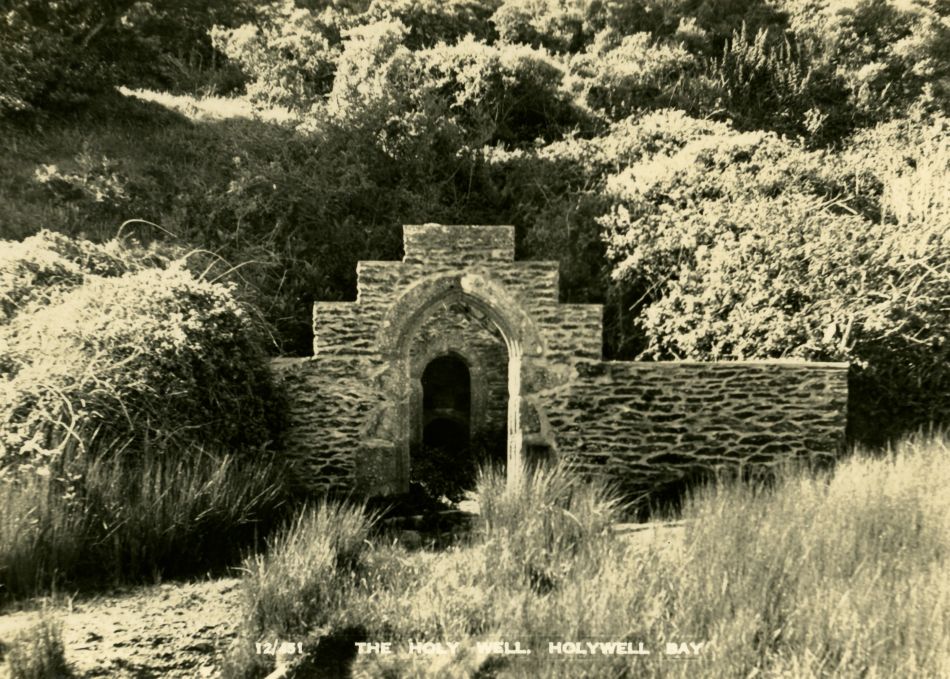Cliff castles
The Ancient Britons living in this area created different types of settlements, like hill forts, rounds and cliff castles, for different purposes. Cliff castles were easy to spot from the sea, making the most of opportunities for trade while being fairly easy to defend.
Geology
The hard, basaltic rock of The Rumps once lay on the bed of an ancient ocean. Volcanic activity forced it upwards to form towering cliffs with a craggy twin headland, almost surrounded by sea.
Construction
By the late Iron Age, society was becoming more organised. Remains from this period, like hill forts, rounds and cliff castles, show that different types of sites were used for different things, like trade and craft production. The Rumps is a cliff castle with three ramparts (walls) built on a narrow strip of land and surrounded by the sea. There may have been a series of bridges between the ramparts with a gatehouse at one end to control who was allowed in.
Settlement
The ramparts weren’t all built at the same time, making it possible that the castle wasn’t always lived in, or was used only in certain seasons. There were round houses between the ramparts and a number of things have been discovered in and around them, including pottery made from the gabbroic clay of the Lizard. Finds like spindle whorls, used for weaving, and querns, for grinding grain, are typical of the kind of tools used in homes at the time.
Trade
Glass beads, which were probably made at the lake villages of Meare in Somerset, have been discovered at Trevelgue Head, another cliff castle in Porth, Newquay. Finds like these show how wide a net the local Iron Age communities cast into southern Britain. We don’t know what the community at The Rumps would have been trading, but they would probably have swapped goods rather than paying with money.
There is strong evidence to show that the community at Kynance Gate near Mullion, another cliff castle, was making and trading pottery, which has been found all the way up the coast of southern Britain to the River Thames. Other cliff castles in Cornwall are based in metal-rich areas like Tubby’s Head near St Agnes, and Gurnards Head, Zennor and Kenidjack in Penwith, and these were probably places where people controlled metal trade and exchange.
Wildlife
Today The Rumps is part of a Cornish cliff habitat shaped by the rough grazing of livestock. With the land exposed to harsh weather and salty conditions, farmers are unable to grow crops. Grazing sheep, cattle and ponies keep the grass short and suitable for wildlflower species that in turn encourage butterflies. The Rumps is also a good place to spot dolphins, seals and basking sharks.
Did you know?
Different rocks weather to form different types of soil, which is why species vary around the coast of Cornwall. At Predannack Cliff on the Lizard Peninsula, for instance, rare flowers include hairy greenweed, thyme broomrape and fringed rupturewort.








